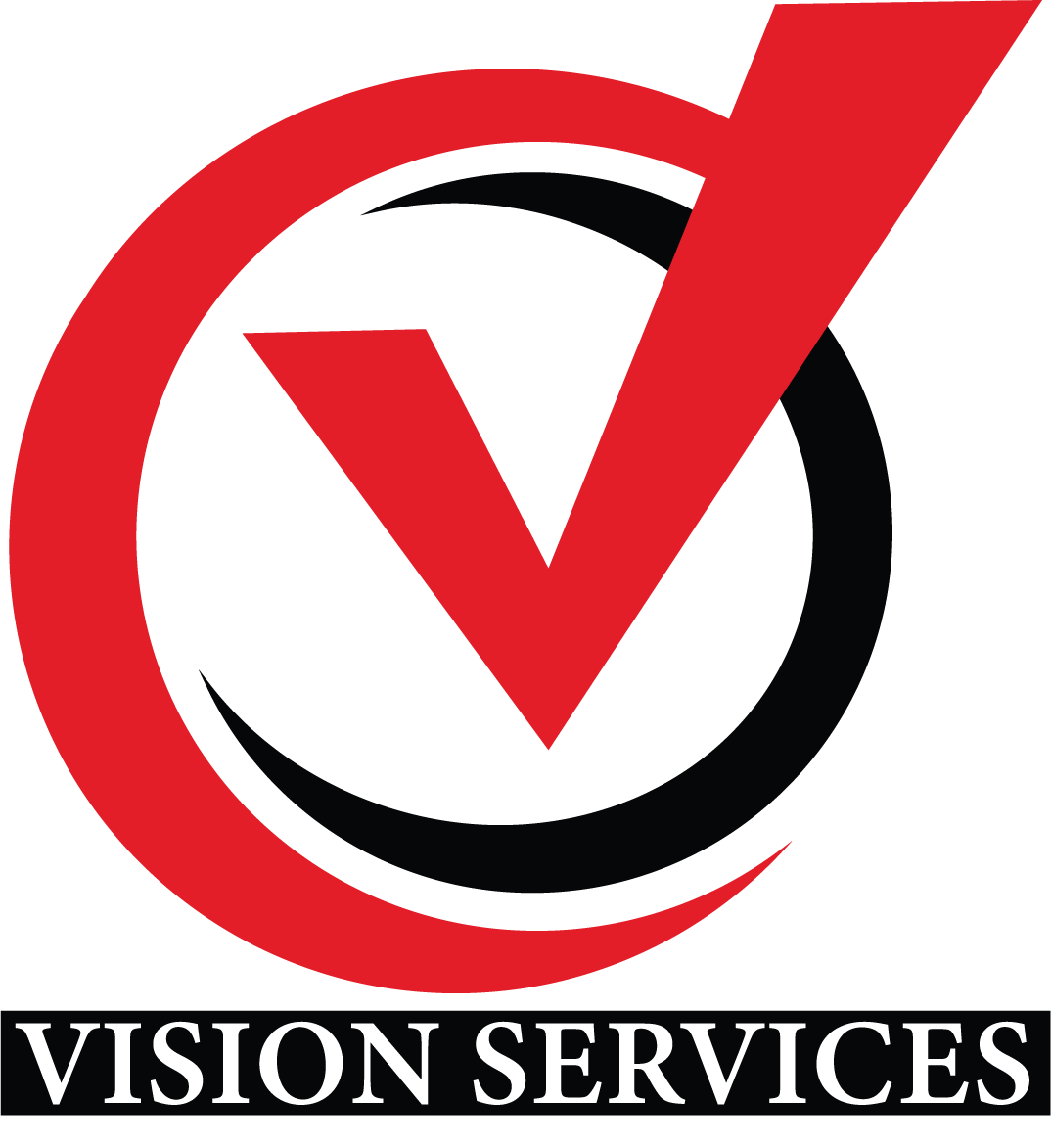Hiring isn’t just about filling a vacancy—it’s about strengthening the foundation of an organization. Every step, from planning to onboarding, plays a vital role in shaping the team’s culture, values, and long-term performance. Companies that view hiring as a strategic journey rather than a transaction build resilient, capable teams ready to face any challenge.
1. Defining Purpose and Clarity
The hiring process begins long before a job posting goes live. The first step is understanding why the role exists and what success looks like in that position. A well-defined job description, rooted in organizational goals, ensures alignment between business needs and talent acquisition. When hiring managers articulate expectations clearly, they attract candidates whose values and abilities genuinely fit the mission.
This clarity not only saves time but also strengthens the foundation for collaboration. Employees who understand their purpose contribute meaningfully from day one, increasing engagement and accountability.
2. Building a Structured Recruitment Process
A strong hiring process is structured yet flexible. It includes standardized evaluation methods—such as skill assessments, behavioral interviews, and scenario-based tasks—to ensure fairness and consistency. Structured processes reduce unconscious bias, ensuring that candidates are evaluated on merit rather than intuition.
Moreover, this approach reflects professionalism. Candidates perceive the organization as reliable and organized, enhancing employer branding. When job seekers feel respected throughout the process, they become advocates for the company, even if they aren’t selected.
3. The Power of Screening and Selection
The screening stage is often underestimated. But this is where an organization filters for not just technical skill, but cultural fit. A candidate might be excellent on paper, but the best hires align with the company’s ethics, communication style, and team dynamics.
Using multi-stage interviews—starting with HR, then technical, followed by cultural fit—ensures a comprehensive assessment. This multilayered approach prevents costly hiring mistakes and ensures each selected individual adds value to both the role and the culture.
4. Communication Builds Trust
Effective communication during recruitment builds trust and transparency. Candidates value timely updates, honest feedback, and clarity about next steps. When organizations communicate openly, they demonstrate integrity—a key factor that strengthens the employer brand.
Hiring isn’t just a test for candidates—it’s also an evaluation of how the organization treats people. Clear, respectful communication turns interviews into experiences that reflect the company’s core values.
5. The Interview: A Two-Way Assessment
The interview is not merely a test; it’s a conversation. The best hiring managers know that candidates are also evaluating the organization. A well-conducted interview creates a sense of respect and curiosity on both sides. Asking thoughtful questions and sharing authentic insights about the company culture encourages openness.
This mutual exchange helps both parties make informed decisions. When candidates feel heard and respected, they are more likely to commit fully once hired.
6. Decision-Making Based on Data and Intuition
Modern recruitment blends human judgment with data-driven insights. Metrics like time-to-hire, quality-of-hire, and candidate satisfaction offer measurable indicators of process strength. However, intuition still matters—especially when assessing soft skills, adaptability, and leadership potential.
Combining analytics with human understanding ensures the hiring process remains both rational and empathetic. This balance results in better long-term performance and reduced attrition.
7. Onboarding: The Final and Strongest Step
Onboarding is the most underestimated stage in hiring. It’s the bridge between recruitment and retention. A well-designed onboarding program helps new hires understand company values, meet key team members, and gain the confidence to contribute quickly.
Organizations that invest in onboarding see faster integration, higher productivity, and stronger employee loyalty. Every hour spent helping new employees feel connected is an investment in their future success—and in the company’s strength.
8. Continuous Feedback Strengthens the System
A robust hiring process evolves through feedback. Post-hiring reviews—where recruiters, managers, and even new hires discuss what worked and what didn’t—help refine the system. Continuous improvement ensures that every future hire benefits from lessons learned.
By treating hiring as a living process rather than a fixed template, organizations create an adaptable, resilient system that scales with their growth.
9. Leadership’s Role in Hiring Strength
Strong leaders don’t just delegate hiring—they participate actively. Their involvement signals that every hire matters. When leadership collaborates with HR, the organization aligns vision with execution. Leaders help identify not just who can do the job, but who can grow into future leadership roles.
This top-down commitment to quality hiring builds a sense of ownership across the organization. It ensures that every person brought on board is a contributor to collective strength.
10. The Ripple Effect of Good Hiring
Every hiring decision creates a ripple across departments, culture, and performance. A single great hire can elevate a team’s energy, while a poor fit can affect morale. Companies that respect this impact invest time, patience, and empathy in every step.
Hiring strong people is not a one-time event—it’s a continuous process of shaping the organization’s future. Each decision compounds over time, forming a legacy of excellence.
Conclusion: Building a Stronger Future, One Hire at a Time
Hiring is the architecture of strength. Every stage—from planning to onboarding—contributes to how stable, innovative, and future-ready a company becomes. Organizations that treat each step with care, clarity, and strategy don’t just recruit employees—they build legacies.
In today’s dynamic workplace, the companies that thrive are those that see hiring not as a cost, but as a cornerstone of strength. Because every hiring step, when done right, builds not just a team—but a future.





